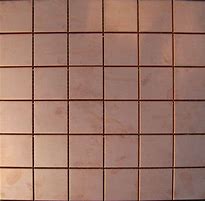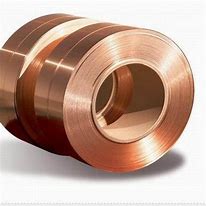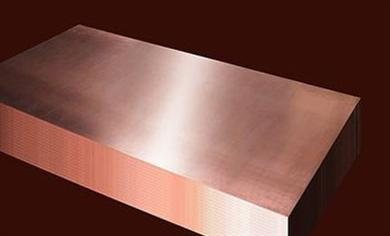**Copper Pipe Ninja Moves: Locking Down Pipes in Hidden Wall Cavities**
(How To Secure A Copper Pipe In A Wall That Is Run Between Studs)
Copper pipes are tough but sneaky. They carry water through your walls like silent heroes. But when they’re tucked between studs, they can rattle, shift, or even leak if not anchored right. Let’s talk about how to pin those pipes in place without tearing your house apart.
First, know where the pipe runs. Open the wall if you can. If not, use a stud finder to map the studs. Pipes usually sit midway between them. Check for existing holes or notches in the studs—this is where the pipe might already slide through. If the pipe wobbles here, it needs backup.
Next, grab pipe clips or straps. These are cheap metal or plastic brackets that hug the pipe. Measure the pipe’s diameter first. Clips come in sizes like ½-inch or ¾-inch. Pick ones that match. Metal clips last longer, but plastic works fine for light jobs.
Now, find the spots where the pipe sags or moves. Every 4-6 feet is a good rule. Mark these spots on the wall. If the pipe runs through studs, add clips near each stud. This keeps the pipe from dancing when water slams through it.
Time to secure the clips. If the wall is open, screw the clips directly into the studs. Use short screws—1 inch is enough. Make sure the clip wraps snugly around the pipe. Don’t crush the copper. Leave a tiny gap so the pipe can expand with hot water.
If the wall is closed, things get trickier. Cut a small access hole where the clip needs to go. Use a drywall saw. Fit the clip around the pipe, then screw it into the nearest stud. Patch the hole afterward. It’s messy, but hidden pipes are worth it.
For pipes running parallel to studs (not through them), use adjustable pipe hangers. These look like metal loops with a screw mount. Slip the hanger around the pipe, then screw the base into the stud. Tighten the hanger until the pipe stops moving. Don’t overdo it—copper dents easily.
Watch out for sharp edges. Studs sometimes have rough cuts or nails poking out. Wrap the pipe with foam insulation where it touches wood. This stops scratches and reduces noise. No foam? Duct tape works in a pinch.
Check your work. Turn the water back on. Listen for clanks or hisses. Feel the wall for vibrations. If something’s loose, add another clip. No shame in double-checking.
One last tip: leave some slack. Pipes expand and contract. If you cinch them too tight, they’ll stress at the joints. Let them breathe a little. Think of it like a seatbelt—snug but not suffocating.
Fixing wobbly pipes isn’t glamorous, but it’s satisfying. No more midnight drips or wall thumps. Just quiet, steady water flow. Plus, you’ll save money on future repairs. Leaks start small. Stopping them early keeps your walls dry and your sanity intact.
(How To Secure A Copper Pipe In A Wall That Is Run Between Studs)
Remember, patience beats speed here. Rushing leads to mistakes. Measure twice, clip once. Your pipes will thank you—silently, of course.
Inquiry us
if you want to want to know more, please feel free to contact us. (nanotrun@yahoo.com)



